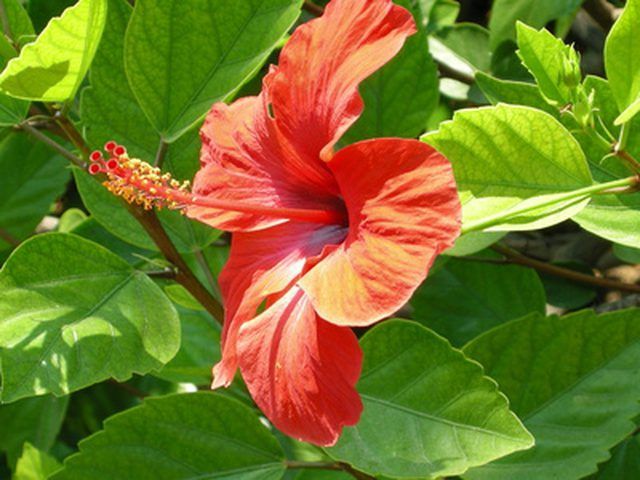Bulbs
Flower Basics
Flower Beds & Specialty Gardens
Flower Garden
Garden Furniture
Garden Gnomes
Garden Seeds
Garden Sheds
Garden Statues
Garden Tools & Supplies
Gardening Basics
Green & Organic
Groundcovers & Vines
Growing Annuals
Growing Basil
Growing Beans
Growing Berries
Growing Blueberries
Growing Cactus
Growing Corn
Growing Cotton
Growing Edibles
Growing Flowers
Growing Garlic
Growing Grapes
Growing Grass
Growing Herbs
Growing Jasmine
Growing Mint
Growing Mushrooms
Orchids
Growing Peanuts
Growing Perennials
Growing Plants
Growing Rosemary
Growing Roses
Growing Strawberries
Growing Sunflowers
Growing Thyme
Growing Tomatoes
Growing Tulips
Growing Vegetables
Herb Basics
Herb Garden
Indoor Growing
Landscaping Basics
Landscaping Patios
Landscaping Plants
Landscaping Shrubs
Landscaping Trees
Landscaping Walks & Pathways
Lawn Basics
Lawn Maintenance
Lawn Mowers
Lawn Ornaments
Lawn Planting
Lawn Tools
Outdoor Growing
Overall Landscape Planning
Pests, Weeds & Problems
Plant Basics
Rock Garden
Rose Garden
Shrubs
Soil
Specialty Gardens
Trees
Vegetable Garden
Yard Maintenance
Hibiscus Plant Facts
Hibiscus Plant Facts. Hibiscus plants are perennial tropical flower plants that are well known and prized for their large blooms that are found in an amazing array of colors. A little-known hibiscus plant fact is that there are two types of hibiscus plants--the famous tropical variety that most gardeners are familiar with, and the hardy hibiscus, a...

Hibiscus plants are perennial tropical flower plants that are well known and prized for their large blooms that are found in an amazing array of colors. A little-known hibiscus plant fact is that there are two types of hibiscus plants--the famous tropical variety that most gardeners are familiar with, and the hardy hibiscus, a lesser-known but equally beautiful type of hibiscus plant.
Types of Hibiscus
There are many varieties of hibiscus, generally falling into two categories: tropical hibiscus and hardy hibiscus. Tropical hibiscus plants are probably the most popular and well known of the two hibiscus varieties; however, hardy hibiscus have larger flowers and are more cold hardy, vigorous and last longer than the the tropical hibiscus.
Hardy Hibiscus
Hardy hibiscus plants are native to Florida and the southeastern United States and are more cold and drought tolerant than tropical hibiscus. There are more than 10 species of hardy hibiscus and as many hybrids in colors ranging from white to red, yellow and many shades of pink. This hibiscus species blooms from late spring through fall, and the fact that it can survive a hard freeze is its main distinguishing characteristic from tropical hibiscus.
Tropical Hibiscus
The most well-known variety of tropical hibiscus is the Chinese hibiscus, or hibiscus rosa-sinensis, but there are hundreds of varieties of tropical hibiscus in six basic colors of red, orange, yellow, white, lavender and brown with a broad range of color combinations, shades and flower forms. Hibiscus plants can be low, spreading forms, bushes, or upright varieties that are grown into trees as tall as 20 feet. They bloom profusely, but the flowers fade quickly, opening in the morning and closing again in the evening.
Ideal Growing Conditions
Beyond cold and heat tolerance levels mentioned previously for both hardy and tropical hibiscus, the ideal growing conditions are similar in that most of the varieties of both plants need plenty of direct sun and well-drained, fertile soil.
Hibiscus plants do not tolerate wet soil or drought very well. To prevent root rot, soil should be allowed to dry slightly between waterings. During the dry season, hibiscus plants should be watered once weekly to the depth of 12 to 18 inches. Usually, the best time to water the plants is in the early morning or in the late evening, when the sun has gone down.
Growing Container Hibiscus
Both varieties of hibiscus are used as ornamental plants either in landscapes or in containers. Hibiscus perform well in containers, and the tropical variety can even be grown indoors. In regions where frost is a danger in the winter, tropical hibiscus that are grown in containers can be brought indoors for the winter and placed outside again in the spring and summer. Ideal growing conditions are the same for container hibiscus plants as landscaping; however, container hibiscus will require more water, as do all container plants.
Other Uses
Beyond use as an ornamental container flower, tropical hibiscus excel in cut flower arrangements, and in the landscape as hedges, foundation plants and to complement other plants. Varieties that are trained with a single trunk are ideal for patios, terraces and as a centerpiece in flower gardens.